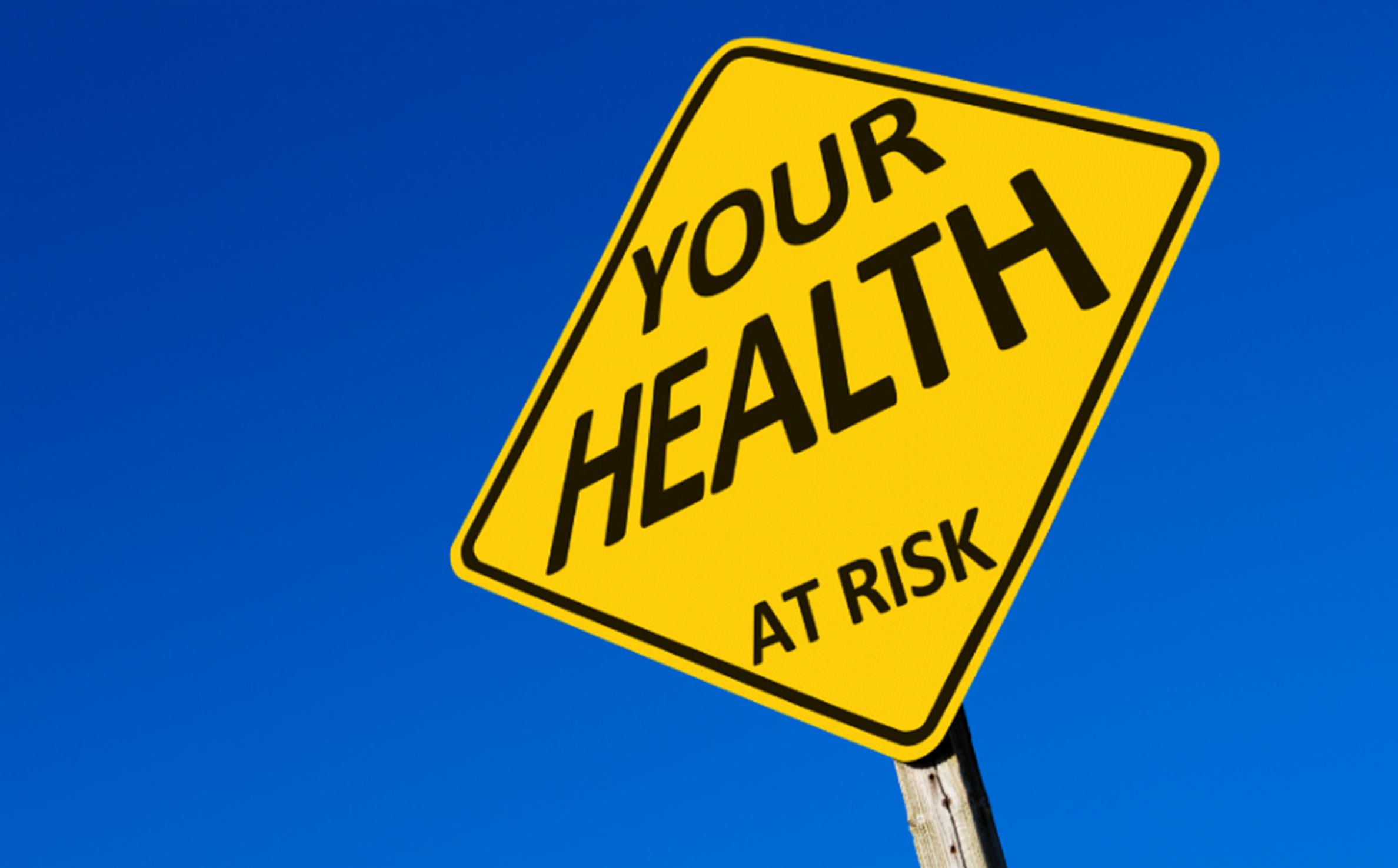We've all been guilty of slouching at our desks or hunching over screens. Life's demands can often lead to compromised sitting habits. Is it that big of a deal? What’s the end game? Does our health truly suffer due to poor posture? The reality is the echoes of these habits can be daunting. A decade of bad posture can have far-reaching consequences that profoundly impact your health and overall quality of life.
Let’s take a look at the tremendous toll poor posture takes on your body:
Unwelcome Aches and Pains:
Chronic back pain is the most common result of prolonged poor posture. Keeping our spine in an unnatural curve position can strain or compress our spinal discs. It can also cause neck and shoulder strain. The habit of drooping shouldeeers and cranng our neck can overwork your neck and shoulder muscles, causing tension and pain.
Compromised Spinal Health:
Slouching can lead to serious back conditions like kyphosis (abnormal rounding of the upper back) and if you have scoliosis, it can make it far worse. It can also contribute to hip and knee pain, increasing the risk of long-term joint problems, as well as the risk of developing osteoarthritis.
Negative Impact on Confidence and Self-Esteem:
It may be surprising, but poor posture can really affect how you see yourself and how others see you, both personally and professionally. When you slump or slouch, it can genuinely impact your self-image and how people perceive you. Good posture is linked to feelings of confidence and self-esteem. When you carry yourself with confidence, others are more likely to view you as capable and self-assured. Conversely, poor posture can convey a lack of self-confidence, which can lead to doubts about your abilities.
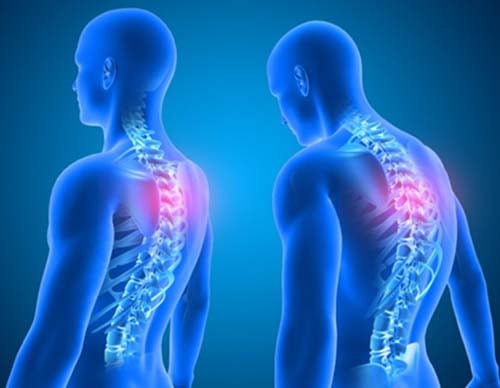
The Effect on your All-Important Mental Health:
You want a happier day? Do your best to mind your posture! Believe it or not, there's some intriguing research out there that links the way you sit or stand to how you feel. It's not just about posture; it's about your mood too! The longer you hang out slouching, the more you might be fighting feelings of depression and anxiety.
Stomach Troubles:
Slouching can lead to digestive issues by compressing abdominal organs, which hurts our natural ability to process food, and can increase the risk of acid reflux. It can also contribute to constipation, reduce blood flow to the gut, and cause gas and bloating. Chronic poor posture may lead to ongoing digestive discomfort and worsening issues over time.
Your Heart Health:
Poor posture can strain your heart by reducing lung capacity, increasing your heart rate and blood pressure. Basically, poor posture puts stress on your whole cardiovascular system. High blood pressure is a significant risk factor for heart disease.
Breathing Difficulties:
Slumped posture may limit the ability of your lungs to fully expand and contract. A compressed diaphragm has to work harder to draw in air, which can lead to muscle fatigue and further contribute to breathing challenges.
Your Length of Life:
While it may seem dramatic, some research suggests that poor posture habits could potentially impact lifespan due to associated health problems. As we’ve discussed, issues may include musculoskeletal problems, reduced lung capacity, cardiovascular strain, psychological impact, decreased mobility, risk of falls, digestive issues, and a diminished quality of life.
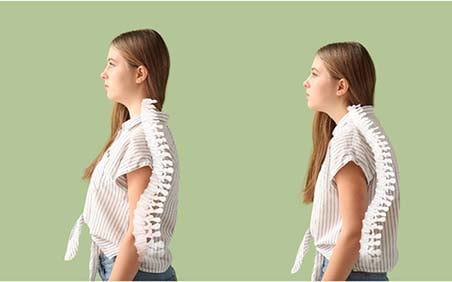
If you keep it up, what will your health look like 10 years from now?
It’s hard to grasp how our habits and choices shape our lives in the long run, but that's the plain truth. Something that seems harmless like slouching and poor posture, can quietly influence our health journey and quality of life! Over time, the consequences of these habits will undoubtedly show. A decade of poor posture welcomes a bunch of unwelcome health issues, so it’s crucial to understand the consequences of poor posture over time.
Muscle Imbalances
One of the most immediate effects of poor posture is the development of muscle imbalances. As noted by Daneshmandi et al. (2017), when we sit or slouch for extended periods, certain muscles become overactive and tight, while others weaken. This imbalance leads to a range of problems, including discomfort, decreased range of motion, and a heightened risk of injury (Miedema et al., 1997). We can take the decreased range of motion caused by tightening or lengthening of opposing muscles and know that this will impact all daily activities, including our fitness goals. When struggling with persistent injuries, or pain, one area to consider is muscle imbalances caused by poor posture.
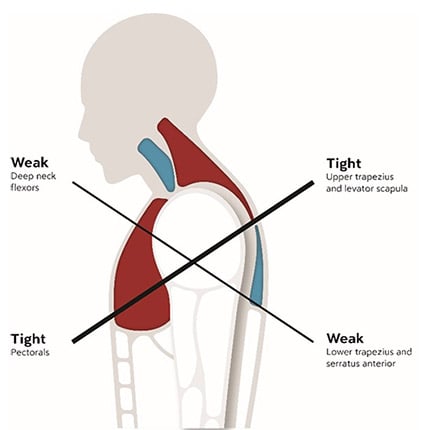
The Perils of Back and Neck Pain
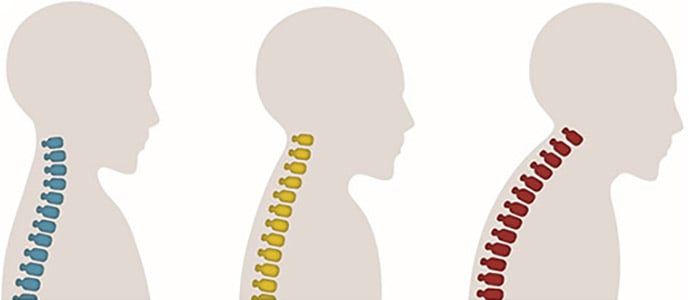
Back and neck pain are arguably the most common complaints linked to poor posture. The work of Chiu et al. (2006) highlights this, showing a direct correlation between prolonged poor posture and the development of these pains. These conditions are not just uncomfortable but can significantly impact an individual's quality of life and productivity. Once we’ve experienced neck or back pain, we understand how debilitating it can be. Considering our posture and potential muscle imbalances can be a great first step to finding relief.
Spinal Misalignment and Its Implications
Another critical concern is spinal misalignment. When we maintain poor posture over time, our spine can suffer. The vertebrae may become improperly aligned, leading to stress on spinal discs, nerves, and surrounding tissues (Kwon et al., 2018; Harrison et al., 1999). This can result in or exacerbate conditions such as spondylolisthesis, disc herniation, spinal stenosis, disc degeneration, and more. The results can be debilitating, causing discomfort, reduced flexibility, and restricted movement (Noll et al., 2017). When our body has been in a poor posture for a long time, it can be difficult to reverse these conditions. But with the appropriate guidance from medical professionals and making intentional changes in how we sit and stand can be a way towards healing and relief.
Effects on Lung Capacity and Respiration
Many of us don’t think of this, but poor posture doesn't just affect our musculoskeletal system. It can also impact our lung capacity. Slouching or hunching compresses the chest and diaphragm, limiting lung expansion and leading to shallow breathing and decreased oxygen intake (Harrison et al., 1999; Daneshmandi et al., 2017). Not only does this impact our function during sedentary tasks, but it can impact our fitness goals. We often blame our struggle on “getting older”, but consider that it may be due to poor posture.
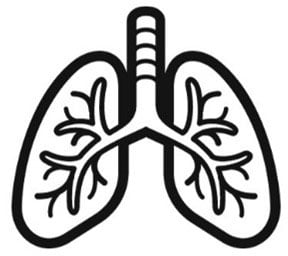
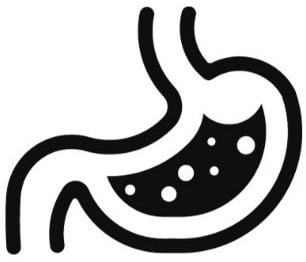
Digestive Health at Risk
Not to be overlooked is the impact of poor posture on digestive health. By compressing the abdominal organs, poor posture can lead to issues like slowed digestion, constipation, and acid reflux (Noll et al., 2017; Wilke et al., 1999). These digestive problems are not just uncomfortable but can lead to more significant health concerns over time. It’s always important to consult a trusted medical professional for treatment, but assessing our posture and taking active steps to improve our daily sitting and standing postures may help alleviate these conditions.
As you can see, the long-term effects of poor posture extend far beyond mere discomfort. They encompass a range of physical ailments, from muscle imbalances and spinal misalignments to reduced lung capacity and digestive issues. It's crucial for individuals and health professionals alike to recognize the importance of maintaining good posture, not just for immediate comfort but for long-term health and well-being.
Your mom was right! Sit up. Shoulders back. It matters!
Recognizing the value of good posture as an investment in your future health and overall quality of life is a smart move. It's a stark reminder that taking proactive measures to maintain good posture is an investment in your future health and quality of life. A healthier you awaits; the best time is always now.
If you are looking to improve posture and decrease pain while sitting, look no further than Anthros. Anthros is the only chair in the world that is guaranteed to improve posture or your money back. The science-backed, patented design is registered with the FDA as a posture-improving chair and is proven to have the lowest pressure (most comfortable) cushion on the planet (verified by university testing).
Take the next step to reducing pain, increasing comfort, and maximizing performance!
Pain GuidebookReferences
1. Daneshmandi, H., Choobineh, A., Ghaem, H., & Karimi, M. (2017, July 31). Adverse Effects of Prolonged Sitting Behavior on the General Health of Office Workers. https://doi.org/10.15280/jlm.2017.7.2.69
2. Miedema, M., Douwes, M., & Dul, J. (1997, January 1). Recommended maximum holding times for prevention of discomfort of static standing postures. https://doi.org/10.1016/0169-8141(95)00037-2
3. Chiu, T., Lau, K T., Ho, C., Ma, M., Yeung, T., & Cheung, P. (2006, June 1). A study on the prevalence of and risk factors for neck pain in secondary school teachers. https://doi.org/10.1016/j.puhe.2006.01.007
4. Kwon, Y., Kim, J., Heo, J., Jeon, H M., Choi, E., & Eom, G. (2018, May 29). The effect of sitting posture on the loads at cervico-thoracic and lumbosacral joints. https://doi.org/10.3233/thc-174717
5. Harrison, D E., Cailliet, R., Harrison, D D., Troyanovich, S J., & Harrison, S O. (1999, May 1). A review of biomechanics of the central nervous system—Part I: Spinal canal deformations resulting from changes in posture. https://doi.org/10.1016/s0161-4754(99)70049-7
6. Noll, M., Candotti, C T., Rosa, B N D., Valle, M B D., Antoniolli, A., Vieira, A., & Loss, J F. (2017, November 2). High prevalence of inadequate sitting and sleeping postures: a three-year prospective study of adolescents. https://doi.org/10.1038/s41598-017-15093-2
7. Wilke, H., Neef, P., Caimi, M., Hoogland, T., & Claes, L. (1999, April 1). New In Vivo Measurements of Pressures in the Intervertebral Disc in Daily Life. https://doi.org/10.1097/00007632-199904150-00005
8. AKKA, TIMO A.1 2 7; LAAKSONEN, DAVID E.4 5; LAKKA, HANNA-MAARIA1 3 7; MÄNNIKKÖ, NIKO9; NISKANEN, LEO K.5; RAURAMAA, RAINER2 6; SALONEN, JUKKA T.1 3 8. Sedentary Lifestyle, Poor Cardiorespiratory Fitness, and the Metabolic Syndrome. Medicine & Science in Sports & Exercise 35(8):p 1279-1286, August 2003. | DOI: 10.1249/01.MSS.0000079076.74931.9A
9. Georgia, M. (2002, January 23). A prospective study of computer users: II. Postural risk factors for musculoskeletal symptoms and disorders.. https://onlinelibrary.wiley.com/doi/10.1002/ajim.10067
10. Hamilton, M T., Healy, G N., Dunstan, D W., Zderic, T W., & Owen, N. (2008, July 1). Too little exercise and too much sitting: Inactivity physiology and the need for new recommendations on sedentary behavior. https://doi.org/10.1007/s12170-008-0054-8
11. Thyfault, J P., Du, M., Kraus, W E., Levine, J A., & Booth, F W. (2015, June 1). Physiology of Sedentary Behavior and Its Relationship to Health Outcomes. https://doi.org/10.1249/mss.0000000000000518
12. Swann, J. (2009). Good positioning: the importance of posture. Nursing And Residential Care, 11(9), 467-469.
13. Yamamoto, A., Takagishi, K., Kobayashi, T., Shitara, H., Ichinose, T., Takasawa, E., ... & Osawa, T. (2015). The impact of faulty posture on rotator cuff tears with and without symptoms. Journal of shoulder and elbow surgery, 24(3), 446-452.
14. Deaver, G. G. (1933). Posture and its relation to mental and physical health. Research Quarterly. American Physical Education Association, 4(1), 221-228.
15. Fowler, K., & Kravitz, L. (2011). The perils of poor posture. Idea Fitness Journal, 8(4).
16. Pynt, J., Higgs, J., & Mackey, M. (2001). Seeking the optimal posture of the seated lumbar spine. Physiotherapy theory and practice, 17(1), 5-21.
Recent Post
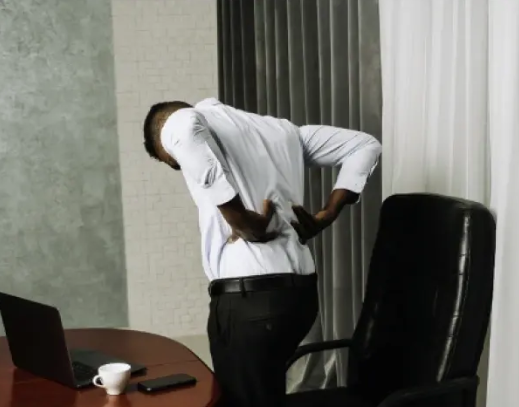
Exercises to Avoid With a Herniated Disc
March 6, 2025A herniated disc can put a serious damper on...

Gentle Back Exercises for Lower Back Pain & Herniated Discs
February 17, 2025Adding a cushion to your office or gaming chair...
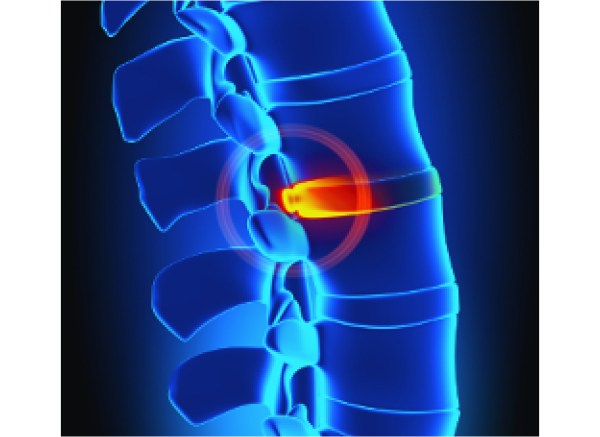
Bulging Disc vs. Herniated Disc:
February 5, 2025Adding a cushion to your office or gaming chair...






